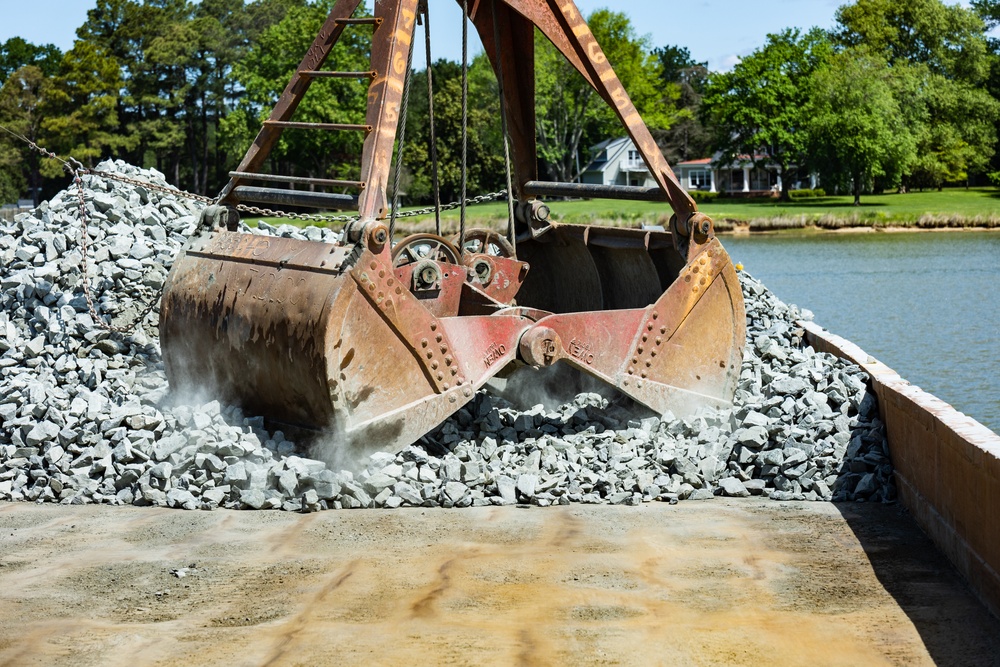DVIDS – News – Hurricane Hunters fly Hurricane Sam
ST. CROIX, U.S.V.I. — The Air Force Reserve’s 53rd Weather Reconnaissance Squadron, better known as the Hurricane Hunters, flew their first mission into Hurricane Sam out of St. Croix, U.S. Virgin Islands, Sept. 27.
First recognized as Tropical Depression 18 Sept. 22, the National Hurricane Center began monitoring the weather system located in the Atlantic Ocean, and within two days, it was upgraded and named Hurricane Sam.
“With a storm in the Atlantic, we are five hours closer here at St. Croix, so we moved operations here in response to the plan of the day issued by the NHC,” said Lt. Col. Phillip Dobson, 53rd WRS navigator and mission commander. “We were tasked to do 12 hourly fixes into Hurricane Sam, with the first fix set for Sept. 27.”
During tropical storms or hurricanes, the Hurricane Hunters fly at altitudes ranging from 5,000 to 10,000 feet depending on the severity of the storm. For Hurricane Sam, the aircrew flew the first mission through the eye of the storm twice, or one alpha pattern, to locate the low-pressure center and circulation of the storm. During each pass through the center, they released dropsondes, which collect pressure, temperature, relative humidity, and wind speed on its descent to the ocean surface.
A category 4 storm just hours before, Hurricane Sam had started to weaken and was a category 3 when the AF Reserve Hurricane Hunters took off to fly their first mission into Sam.
“This was a disorganized system, not organized enough for the stadium effect in the eye, but you could see an eyewall,” Lt. Col. Ryan Rickert, 53rd WRS aerial reconnaissance weather officer said. “From the data we gathered and compared to what the NOAA (National Oceanic and Atmospheric Administration) crew before us had collected it looked to be strengthening.”
The Hurricane Hunters gathered weather data from dropsondes and aircraft sensors and transmitted that information via satellite communication every 10 minutes to the NHC to assist them with their forecasts and storm warnings.
Other information that they send to the NHC include what they see visually that cannot be seen via satellite.
“As we go through the storm we describe what we see and add that information to the vortex message and send it back to the NHC, so they know what is going on in the storm,” said Rickert. “Some examples include describing the eyewall as ragged, intense lightning, the intensity of the precipitation, the turbulence, or even hail. These kinds of things tell them what in the atmosphere is affecting the storm.”
According to the NHC website, Hurricane Sam is continuing to move in a northwest direction and is expected to continue this motion for the next few days. As of now, large swells are affecting the Leeward Islands and will spread to portions of the Virgin Islands, Puerto Rico, Hispaniola, the Bahamas and Bermuda by Sept. 29 or 30.
To follow the Hurricane Hunters mission, check out the plan of the day, follow missions on Google Earth or visit the National Hurricane Center. For more Hurricane Hunters and 403rd Wing updates follow us on Facebook, Twitter or Instagram.
| Date Taken: | 09.28.2021 |
| Date Posted: | 10.07.2021 15:59 |
| Story ID: | 406665 |
| Location: | ST. CROIX, US |
| Web Views: | 34 |
| Downloads: | 1 |
PUBLIC DOMAIN
This work, Hurricane Hunters fly Hurricane Sam, by Jessica Kendziorek, identified by DVIDS, must comply with the restrictions shown on https://www.dvidshub.net/about/copyright.


 Private Internet Access gives you unparalleled access to thousands
of next-gen servers in over 83 countries and each US state. Your
VPN experience will always be fast, smooth, and reliable.
Private Internet Access gives you unparalleled access to thousands
of next-gen servers in over 83 countries and each US state. Your
VPN experience will always be fast, smooth, and reliable.

